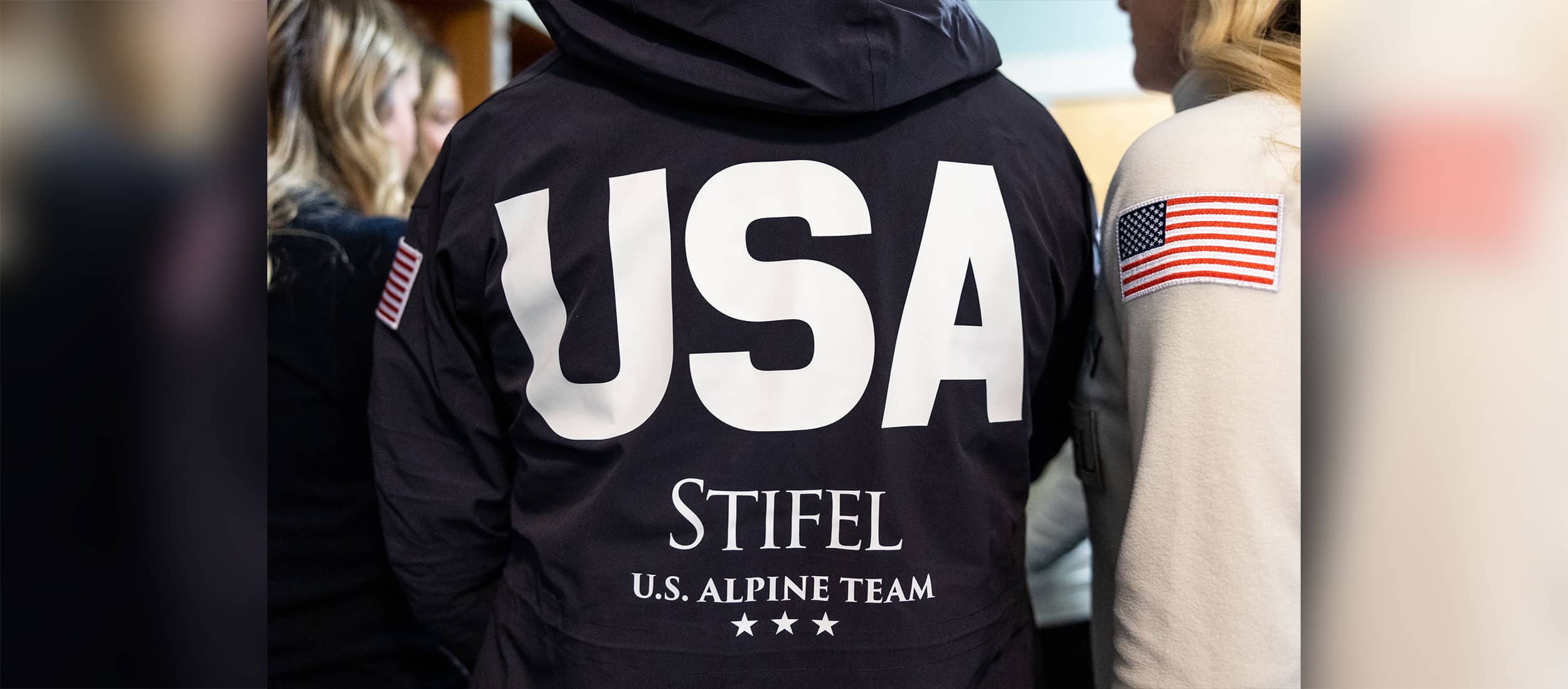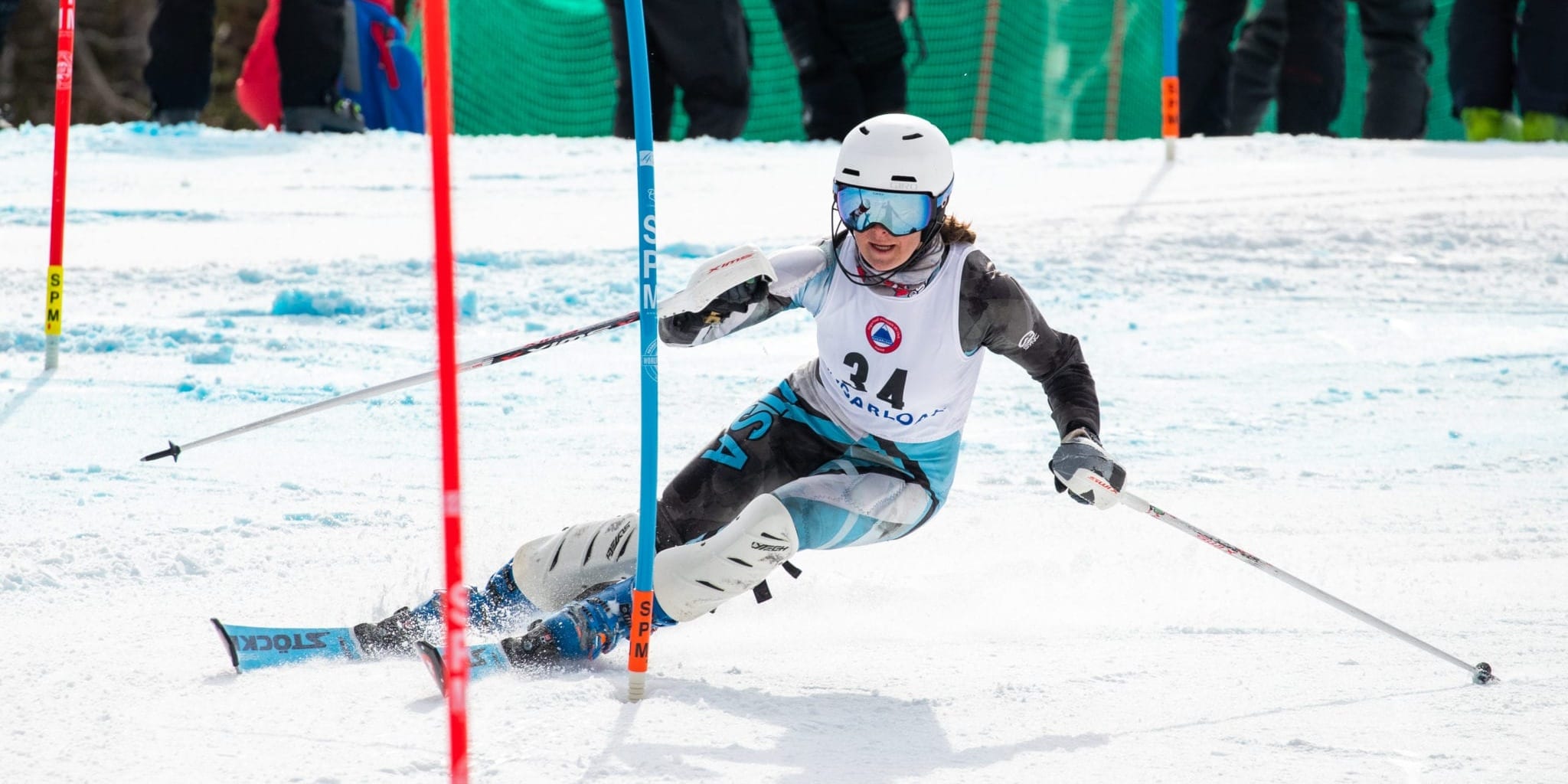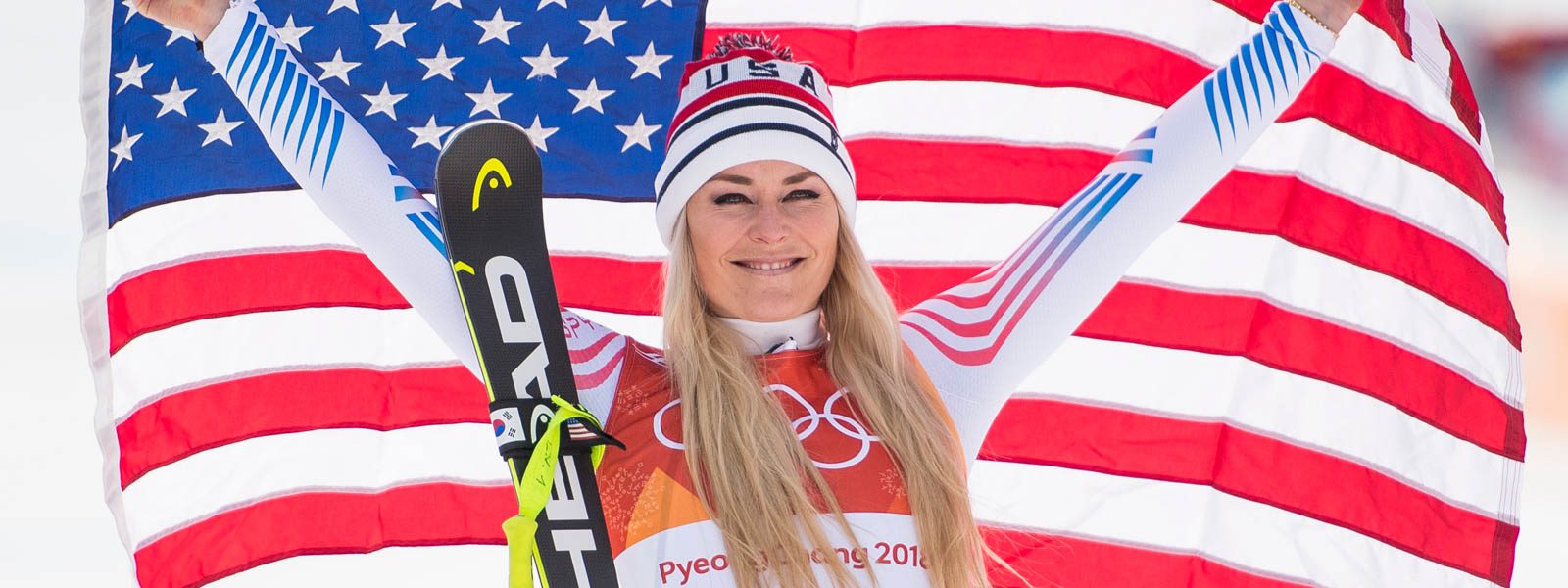Return of the Dual, Part Deux: Taking it From the Pros
As discussed in “Return of the Dual,”dual format (AKA parallel) racing fills different needs at different age and ability levels. For recreational skiers, duals can be a way to set the hook for racing, or add a fun and sociable element to the ski day. For the youngest ski racers, duals are a way to create fun and action while learning solid skills. It’s all about volume in every sense of the word: lots of cheering and lots of runs. As kids get older, being able to create a competition setting that offers more runs throughout the day is key. Duals get kids out of the lodge and onto the mountain for more race runs in a day, and higher intensity in training.
As the level of competition gets higher, the aim of dual racing evolves from being entirely skier development/participation based, to being increasingly spectator/fan based. At its most elite level, for the dual racing format to thrive it needs to deliver a high level of excitement while also being a legitimate and fair test of skill and athleticism. It needs to be a spectator-friendly, responsibly-run cage match.
MOVING FORWARD, SIDE BY SIDE
The FIS, having approved parallel as an event of the 2021 FIS Alpine World Ski Championships, is having robust ongoing discussions about parallel racing. Their goal is to have a format in place for approval by spring 2019. That would set up one full season of parallel racing as its own alpine event before the 2021 World Championships. If all that goes well, it is also anticipated that FIS will recommend that the individual Parallel event—in whatever format evolves—be included in the 2022 Olympic Winter Games.
Four parallel formats have been contested on the World Cup—slalom, GS, city event and team event. The task in creating a discreet parallel event, is finding a format that is challenging enough to build excitement and test the top skiers, yet can accommodate the unique and differentiated venues (from Stockholm to Alta Badia) that can successfully host these events. Factors like hill steepness and length, ski equipment, course set, types of gates, size of jumps, duration of qualification rounds, TV friendliness, etc, need to be well-defined, yet flexible enough to adapt to the full range of appropriate venues.

The course for the nations team event at the 2018 FIS World Cup Final in Are, Sweden. Photo: GEPA pictures/ Andreas Pranter
As duals step up to ski racing’s main stage, it’s important to understand what makes the format compelling, and what makes it fall flat. Parallel races, when over-domesticated, run the risk of being underwhelming—low on both excitement and perceived difficulty, and high on predictability: meticulously prepared and maintained hills offer little variability, competitor to competitor and run to run; short courses and moderate hills make the races accessible but do not separate the field; easy course sets and small jumps minimize risk but can also favor one type of skier. The result turns a potentially dynamic format into a tame and predictable competition.
THE THINGS THAT AIN’T BROKE
The Bob Beattie Ski Foundation(BBSF) standsready toguide the next iteration of dual format ski racing,from entry-level accessibility to the aforementioned fan-building cage match. BBSF was formed in 2011, as an advocacy group with a mission to further all the aspects of ski racing that Bob Beattie held dear, among them parallel racing. As Mike Hundert chairman of the BBSF board explains, “Skiing’s future depends on it remaining accessible and fun.We know, dual racing is fun for participants, more friendly for ski resorts to run, and more entertaining for audiences.” BBSF draws on the collective experience of World Pro Tour alumni, many of whom also raced and worked on the World Cup and continue to be involved in ski racing. To be sure, everything from equipment and safety standards, to TV rights and delivery has evolved since the glory days of the World Pro Tour, but the basics of what makes a good show on snow haven’t really changed.
Here are some recommendations distilled from the pros on how to maximize the thrill of the dual.
LOCATION LOCATION LOCATION!
The first rule of real estate applies to drawing crowds to ski racing as well. Always place the finish area at the bottom of a mountain, accessible to fans on skis or on foot.
SET TURNIER COURSES!
This will create more interest, more compelling competition, and more differentiated racing. Mark Tache, a veteran of both the World Cup and World Pro Tours explains: “Dual courses had rhythm changes similar to the amateur format which required tactics and strategy. They were not a chalk line down the hill, with the exact same turning radius the entire course.”
ELIMINATE CROSS BLOCKING
An ugly problem with modern parallel racing has been the cross block. Safer gates that can be mowed over create a distinct advantage for some athletes and styles. Turnier courses, with changes of rhythm and distance, should helpeliminate the brush hog approach, transferring advantage from any one body type or style to the most aggressive, strategic, technically competent athletes.

Andre Myhrer, of Sweden, cross blocks a gate in the World Cup city event held in January Stockholm. Photo: GEPA pictures/ Daniel Goetzhaber
RIGHT FROM THE GATE
Among the most important components of dual racing are the “horse gates”, that open simultaneously, and if “barged” (pushed prematurely) don’topen until pressure is released. They require quick reactions by the athletes and, for spectators, create a visual reference of who is the quickest off the blocks. Plus, who doesn’t want a little Kentucky Derby in their ski racing? Procuring or creating and then repairing and maintaining gates was an issue then as it is now. One mission of the BBSF is to source gates that can be made affordably, and raise funds to provide them to programs across the country. Says Hundert: “The near term goal is to order and purchase 12-15 sets of gates and deliver them to programs in time for championships and spring flings.” Donors? Yes please!
KEEP THE COMPETITION CLOSE
In addition to the starting gates themselves, their proximity to each other—and the gamesmanship within that highly charged environment—is a key factor for keeping the excitement level high. Too far away (as with current World Cup races) and you lose some of the drama for both the crowd and the athletes. Even if courses start at four meters the courses can quickly spread to whatever distance is deemed safe for the hill and set.
RUN (WITH) THE RUTS
While venue safety is paramount, and the starting surface needs to be properly and consistently prepared, a little natural deterioration is a good thing. “Zero course maintenance was a mandate of Pro racing,” says Tache. Courses deteriorated naturally and equally, and advancing though all the rounds—ten runs, going from a clean course to bathtub ruts—required a wide-ranging skill set. The skiers who adapted, advanced, and their athleticism added to the excitement throughout the day.
MIX IT UP
Terry Palmer, another vet of both the World Cup and World Pro Tours explains that variability in sets, terrain and conditions helped all athletes improve. “Some did well on steeps, others did well on flats with the surface conditions always playing a role, especially in soft snow.” As Tache sees it: “Tape measures should only be used to measure the distance between the red & blue course and certainly not between each turning pole. Back in the day a selected athlete set each day’s course. It always worked out just fine… pro courses required tactics, adaptability and creative skiing out of each racer.”
GET SOME AIR
The pro tour featured a minimum of two jumps (three in GS), which contributed to excitement and also to some very sore backs. World Cup iterations of dual racing, mindful of injury, have evolved into jumps so small as to be a non-factor. To be relevant and require tactics, the pros recommend that jumps should be 3-5 feet, depending on the slope of the hill. The steeper the hill, the bigger the jump can be, while still being humane.
INVITE KIDS TO THE PARTY
When you have the greatest skiers in one place, it’s the perfect setting to stoke the fan base and build the next generation of stars. The Pro Tour fined athletes for NOT showing up at the parties and promoting the event and their sponsors. BBSF envisions even the highest level of parallel racing include youth outreach and participation, be it a ProAm, a separate youth competition or fan interaction to spark interest and capitalize on energy. Paying homage to this, the BBSF and Aspen will together run a parallel event at Aspen Highlands in conjunction with Bob Beattie Dayon December 8.
























